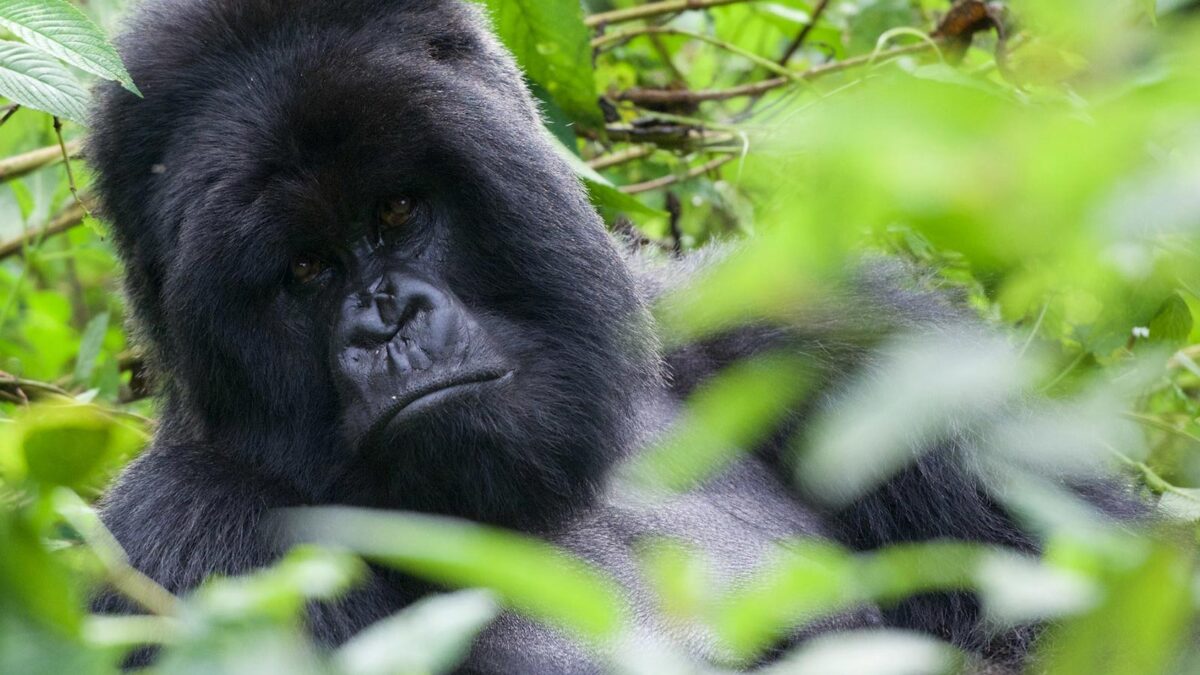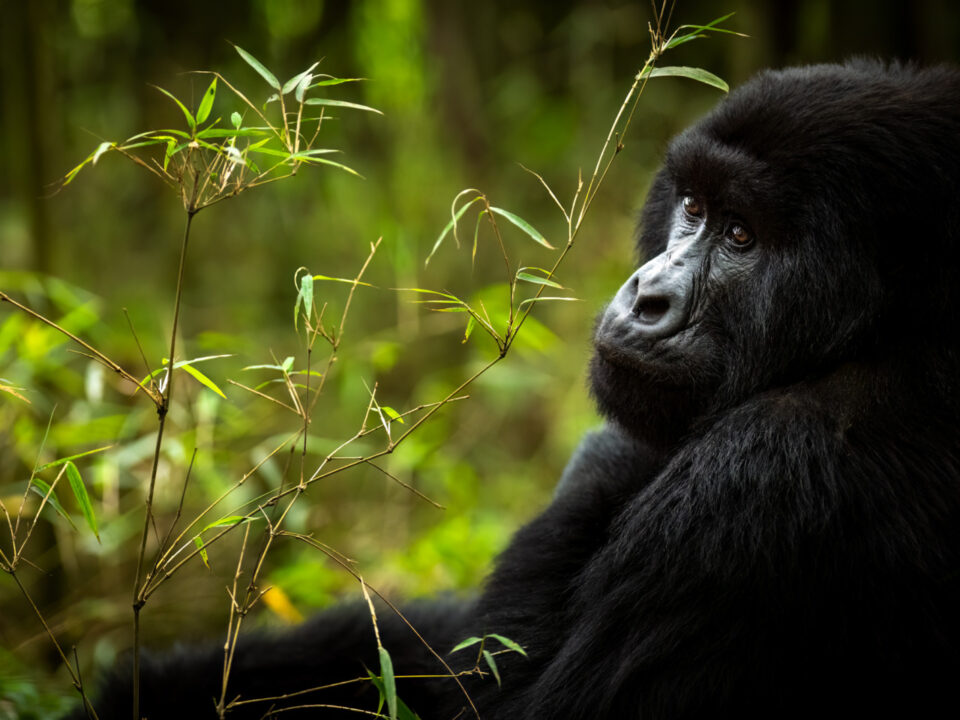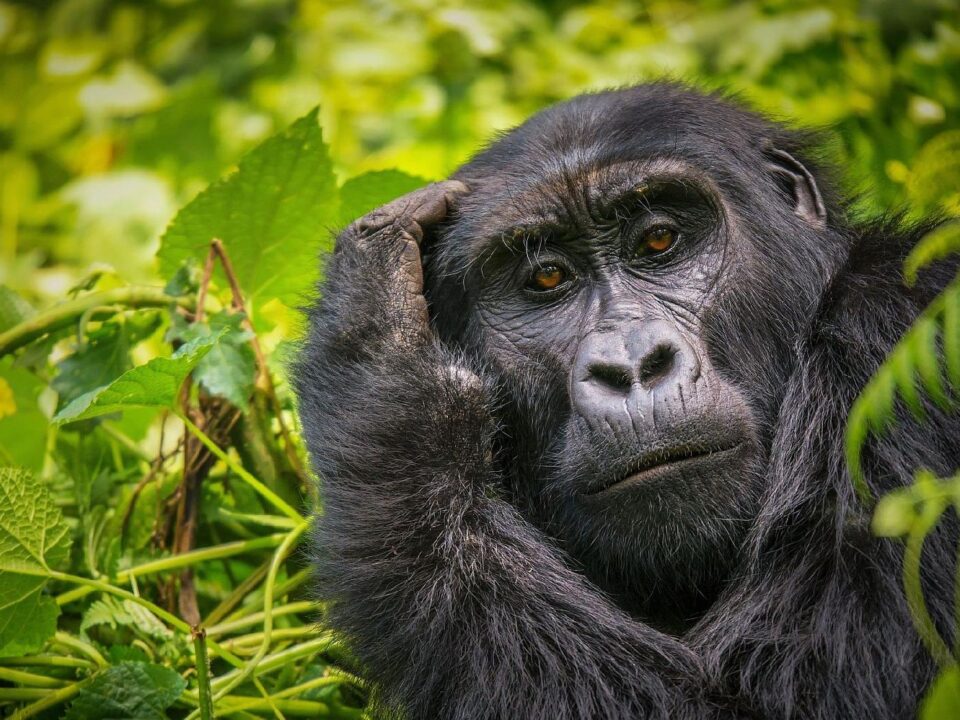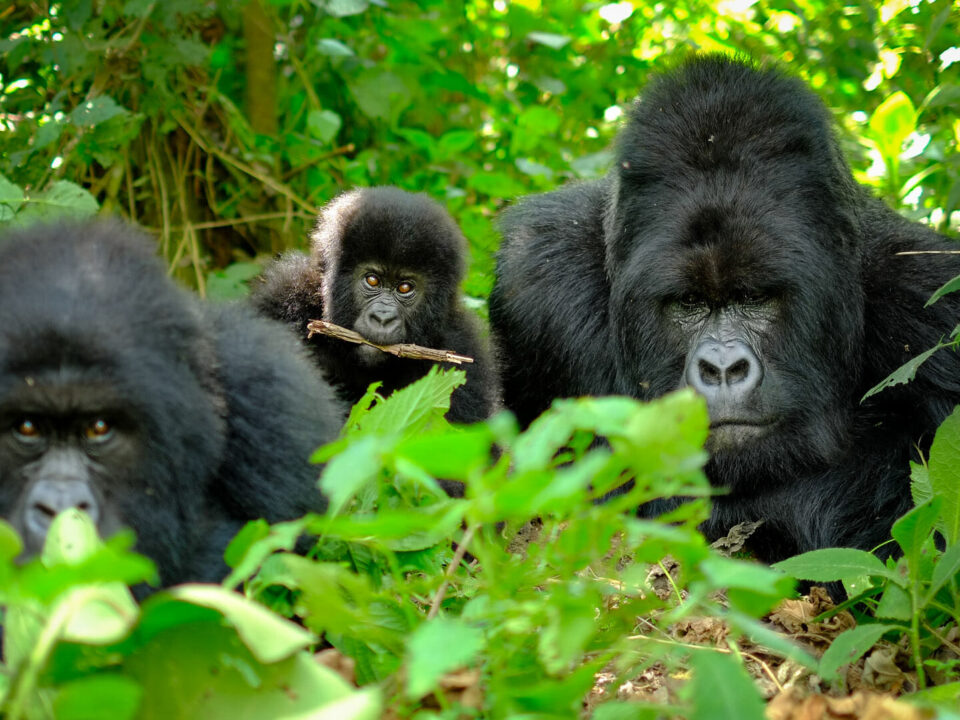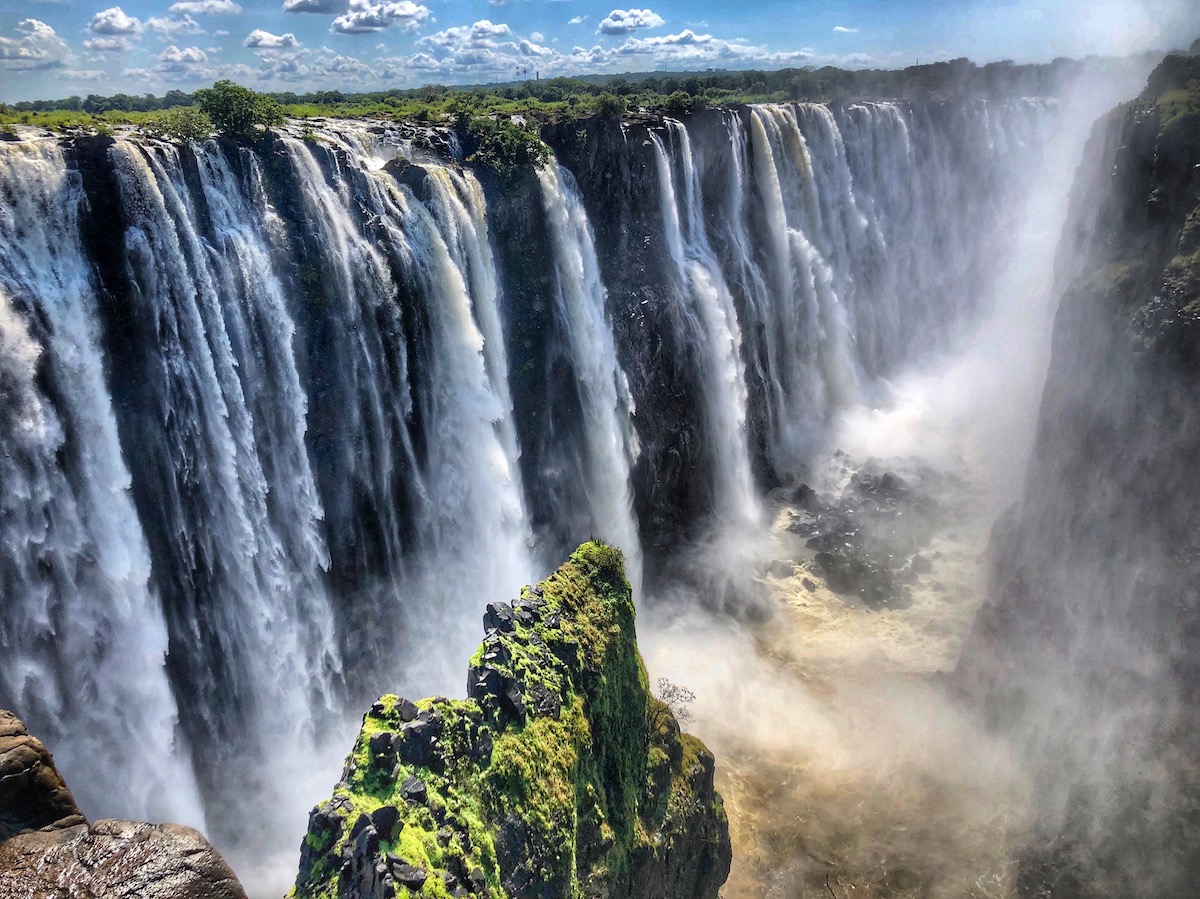
Best Time to Visit Victoria Falls
August 14, 2023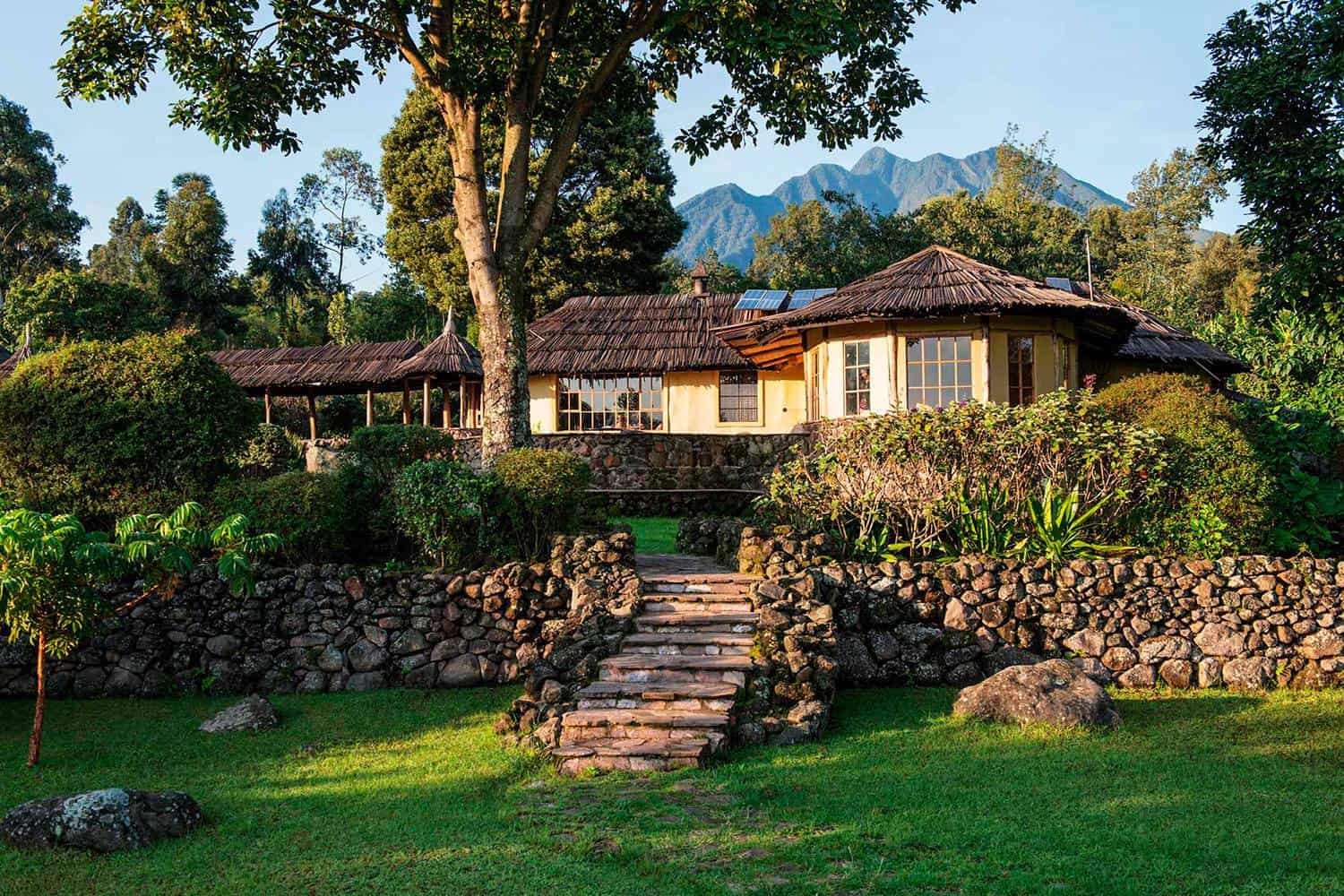
Where to Stay/ Lodges in Mgahinga Gorilla National Park
August 14, 2023Embarking on a Last-Minute Rwanda Gorilla Tracking Safari: Seizing the Extraordinary
The Last-Minute Rwanda Gorilla Tracking Safari presents an exceptional tour package meticulously curated by our adept experts for those who might find themselves in Rwanda for various reasons like conferences, volunteer work, relief missions, business trips, family visits, or meetings. It’s tailored to those seeking to culminate their Rwandan sojourn with an enthralling trek through the captivating Volcanoes National Park.
Steering Through Preparations for Your Last-Minute Rwanda Gorilla Tracking Safari
- Decisive Swiftness: Trek Africa Expeditions is poised to assist with last-minute bookings, provided travelers possess the swiftness of decision-making. Given the rapid depletion of gorilla permits, promptness is pivotal. The necessary permit fees must be settled promptly before embarking on the tour.
- Payment Methods: While bank transfers might entail extended processing times, opting for cash payments can expedite confirmation. Some components of the package necessitate pre-tour settlement, making cash transactions a more expedient choice.
- Optimal Group Size: Since last-minute arrangements could hinder the formation of larger groups, smaller gatherings – comprising 1, 2, or 3 individuals – are recommended. It’s worth noting that the tour operator doesn’t vend gorilla permits directly.
- Flexibility as a Virtue: Given the spontaneous nature of last-minute arrangements, flexibility is paramount. The availability of services may prompt slight adjustments to the tour’s design, making adaptability indispensable.
Crucial Timing for Booking Your Last-Minute Rwanda Gorilla Tracking Safari
Envisioning a seamless last-minute itinerary, inquiries submitted in the morning can usher in a tour arrangement within a swift 12-hour span. Meanwhile, inquiries lodged in the evening warrant a 24-hour turnaround. A well-established rapport with lodges within Volcanoes National Park facilitates this prompt orchestration. Trek Africa Expeditions boasts ample experience in organizing last-minute expeditions to this renowned national park.
How to Get to Volcanoes National Park
Nestled within the quaint village of Musanze, formerly Ruhengeri, Volcanoes National Park boasts accessibility via public transportation from Gisenyi, Kigali City, or the Kigali International Airport. The 2- to 3-hour drive underscores the park’s proximity, permitting day-long gorilla tracking and a return journey to Kigali post-trek. For timely attendance at the National Park headquarters in Kinigi – a requisite for gorilla tracking – a 7:00 am arrival is mandatory. Early awakenings to accommodate the journey are advised, especially since there is no public transport connecting Musanze to the National Park headquarters.
Unveiling the Optimal Seasons for a Volcanoes National Park Odyssey
Year-round suitability characterizes Rwanda as a gorilla tracking destination. The drier seasons – spanning December to early March and June to September – are particularly conducive. December to March extends a prolonged dry spell, with temperatures soaring to 29°C on certain days. In contrast, the rainy season unfolds from March to mid-May and again from July to September.
Dry spells are accentuated during the April-to-August stretch, coinciding with mild weather. Daytime temperatures hover around 77-86°F (25-30°C). However, the “dry season” tag is paradoxical when linked to the falls. While April and May intensify the falls’ power, mist and spray hinder visibility, rendering trails slippery. Adequate rain gear is essential for those visiting during this period.
Between September and April, soaring temperatures prevail, characterizing the low-water season. Ideal for traversing the Zimbabwe side and enjoying clear geological vistas, this season coincides with the falls’ minimal water flow. This phase also beckons enthusiasts of white-water rafting and safari experiences in neighboring domains like the Chobe River.
November marks the commencement of annual rains, transforming the landscape into a lush haven. However, complete restoration of falls’ volume requires further progression of the rainy season.

